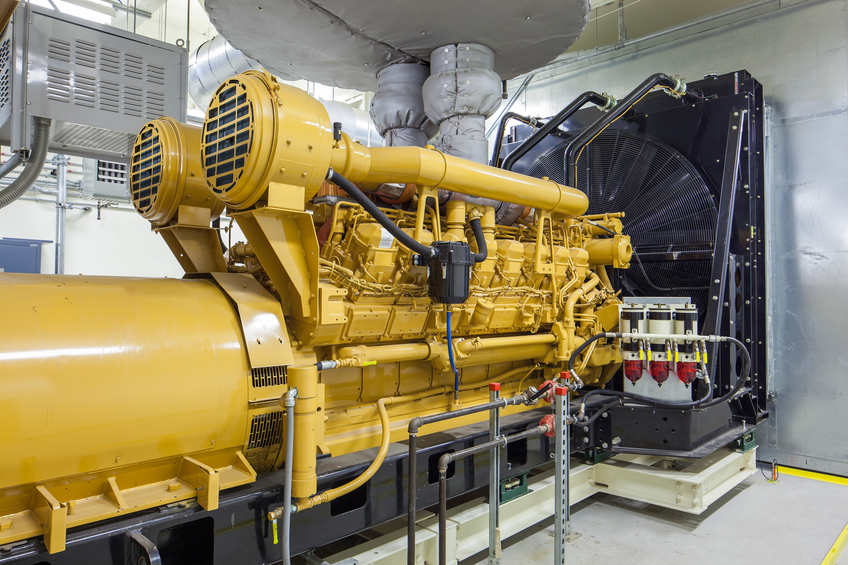AC Generators and Motors

This online engineering PDH course provides a basic understanding of AC generators and motors, explaining how to use them, how to calculate power, and determine torque considerations.
An alternating current generator, or AC generator, produces an alternating current, which means the voltage produced alternately reverses from positive to negative polarity, producing a corresponding change in the direction of current flow. Much like a DC generator, an AC generator requires a coil to cut across the force lines of a magnetic field. This coil is attached to two slip rings, which deliver the current to and from the load destination, thus completing the circuit. Alternating current generators are often called "Alternators".
An alternating current motor, or AC motor, uses electrical energy to produce motion and torque. Very simple AC motors are called "Squirrel Cage Motors"; these have only one or more stationary coils within which a special kind of mechanical rotor is free to rotate. There is no electrical connection to the rotor from the outside. Most AC motors require a starter, or method of limiting the inrush current to a reasonable level. Types of motor starting include reactive (capacitor start and inductive start), and electronic (frequency drives and soft start drives). The reactive start method is usually used on fractional horsepower motors, and the electronic method is usually reserved for larger motors.
This 3 PDH online course is applicable to students, professional engineers, service technicians, energy auditors, operational & maintenance personnel, facility engineers who are interested in gaining a better understanding in AC generators and motors.
This PE continuing education course is intended to provide you with the following specific knowledge and skills:
- Describe the principle of magnetic induction as it applies to AC generators
- Describe the differences between the two basic types of AC generators
- Explain the factors that determine the maximum power output of an AC generator
- Describe the relationships between the individual output and resultant vectorial sum voltages in multiphase generators
- List the factors that determine the frequency and voltage of the alternator output.
- Describe the purpoe and procedure of parallel generator operation
- List three basic types of AC motors and describe the characteristics of each type
- Describe the characteristics of a series motor that enable it to be used as a universal motor
- State the primary application of synchronous motors, and explain the characteristics that make them suitable for that application
- Describe the features that make the AC induction motor the most widely used of electric motors
- Explain the operation of split-phase windings in single-phase AC induction motors
- Describe the effects of shaded poles in single-phase, AC induction motors
In this professional engineering CEU course, you need to review Chapters 3 and 4 of Module 5 titled "Alternating Current Generators" and "Alternating Current Motors" of the Naval Education and Training Materials (NAVEDTRA 14177), Electricity and Electronic Training Series.
Upon successful completion of the quiz, print your Certificate of Completion instantly. (Note: if you are paying by check or money order, you will be able to print it after we receive your payment.) For your convenience, we will also email it to you. Please note that you can log in to your account at any time to access and print your Certificate of Completion.